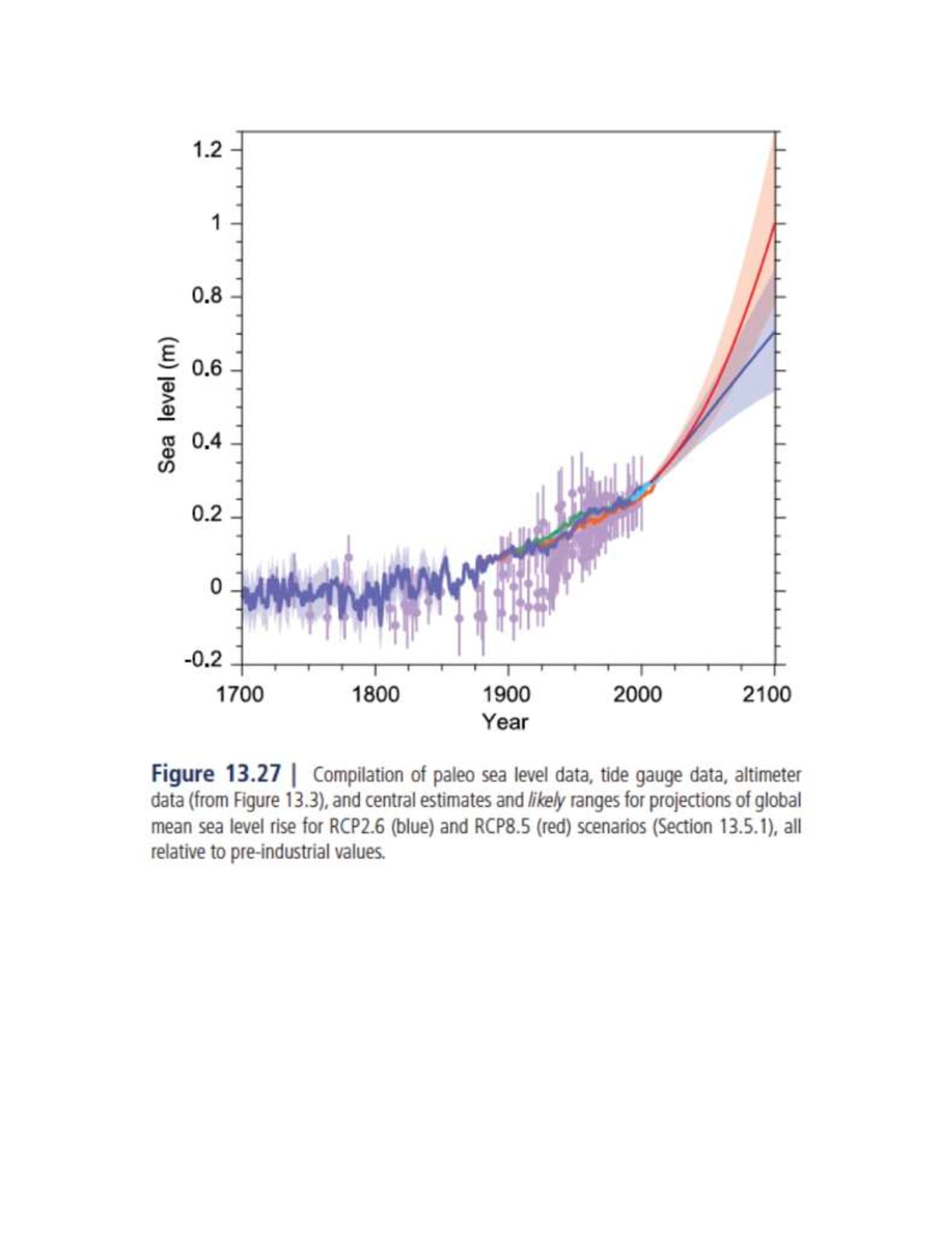Letter: Sea is indeed rising and at an alarming rate
To the editor:
Stan Peckham (letter of October 15) could easily have checked the accurate sea level measurements made by NOAA at Newport, RI. From his youth in the 1930’s until today, the average sea level at Newport has risen at a rate of …
This item is available in full to subscribers.
Please log in to continue |
Register to post eventsIf you'd like to post an event to our calendar, you can create a free account by clicking here. Note that free accounts do not have access to our subscriber-only content. |
Day pass subscribers
Are you a day pass subscriber who needs to log in? Click here to continue.
Letter: Sea is indeed rising and at an alarming rate
To the editor:
Stan Peckham (letter of October 15) could easily have checked the accurate sea level measurements made by NOAA at Newport, RI. From his youth in the 1930’s until today, the average sea level at Newport has risen at a rate of 2.74 mm/year. Over that period this amounts to 9 inches.
Such a rapid rate of rise only set in during the 20th century. Between 1700 and 1850 there was no significant sea level rise, averaged globally (see attached Figure 13.27 out of the IPCC 2013 report). The International Panel on Climate Change, contributed to by thousands of scientists from all around the world, found that the upper 700m of the ocean warmed between 1971 and 2001. In turn, they found with greater than 95% certainty that this happened because human activity released “greenhouse” gases carbon dioxide (CO2) and methane (CH4), which have infrared absorptions that trap heat radiated from the planetary surface. CO2 accounts for about 60% of the warming effect and CH4 about 30%. Other minor contributors make up the balance.
Most of this extra heat ends up in the oceans, causing water to expand and raise the sea level. At this stage a lesser effect is the melting of Greenland’s glaciers and the Antarctic ice sheet, but these could kick in later to cause sea level rises of several meters.
In the Figure the future sea level is projected up to the year 2100. There are two curves, with shading to indicate probable error. The upper curve assumes that we put an additional 1,685 gigatons of carbon into the atmosphere between 2012 and 2100 (“business as usual”). The lower curve assumes “only” an additional 270 gigatons. There has been a big emphasis on holding the earth’s temperature rise to 2C (3.6F) due to man-made changes, and 270Gt is the magic number we should not exceed for this to come true. To put this in context we have already released 515 gigatons since the industrial revolution began, most of it during the 20th century. Basically we have to shut down fossil fuel consumption by about 2050 in order to keep below the 2C rise. Above 2C (i.e. above 270Gt), we will probably melt the Greenland and Antarctic ice caps causing irreversible changes. There is a suggestion that some fossil fuel use could continue with “carbon capture” technology, but this is not yet commercially proven and it depends upon having somewhere underground to put the condensed CO2. The oil industry is offering old undersea oil wells for this purpose, but CO2 potentially could escape in the future.
Not to worry. It is not difficult to change from fossil fuel to alternatives such as wind and solar. Solar comes in many forms – my favorite for the cold winters in this part of the world is passive solar capture via sun-rooms. One major industrial country (not this one) already generates 30% of its electricity from “renewable” sources. We still have to improve our energy storage so that when the sun is not shining and the wind is not blowing we can get through periods of a few days. I am certain that we can invent our way out of this predicament – we would be a very sorry species if, in the face of overwhelming evidence, and given that we have the means to make the change, we continued to roast our planet and drown our coastal cities.
Malcolm McGeoch
Little Compton






